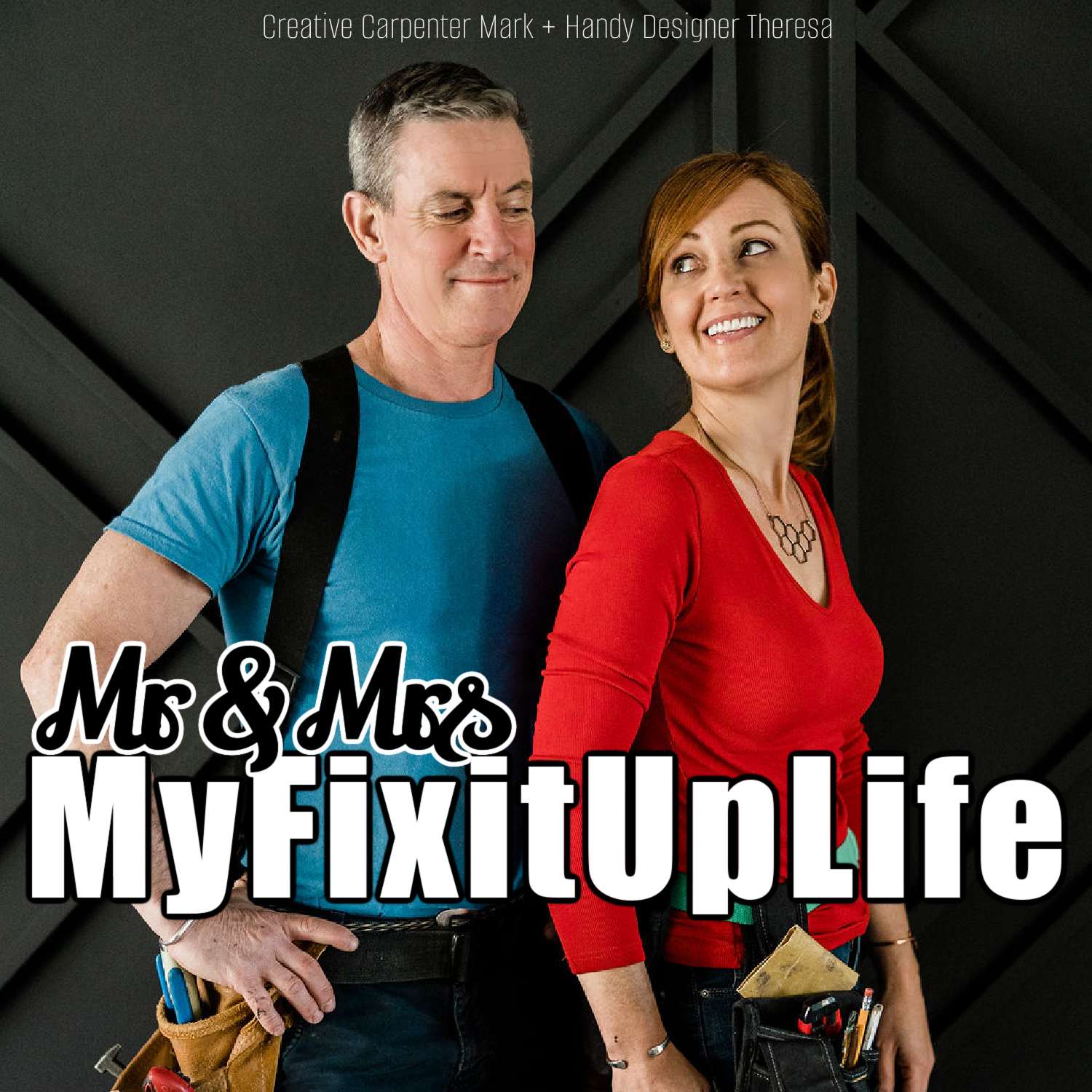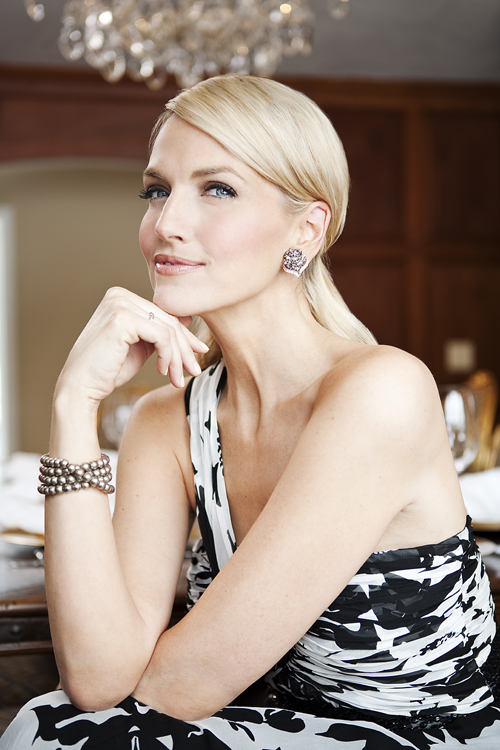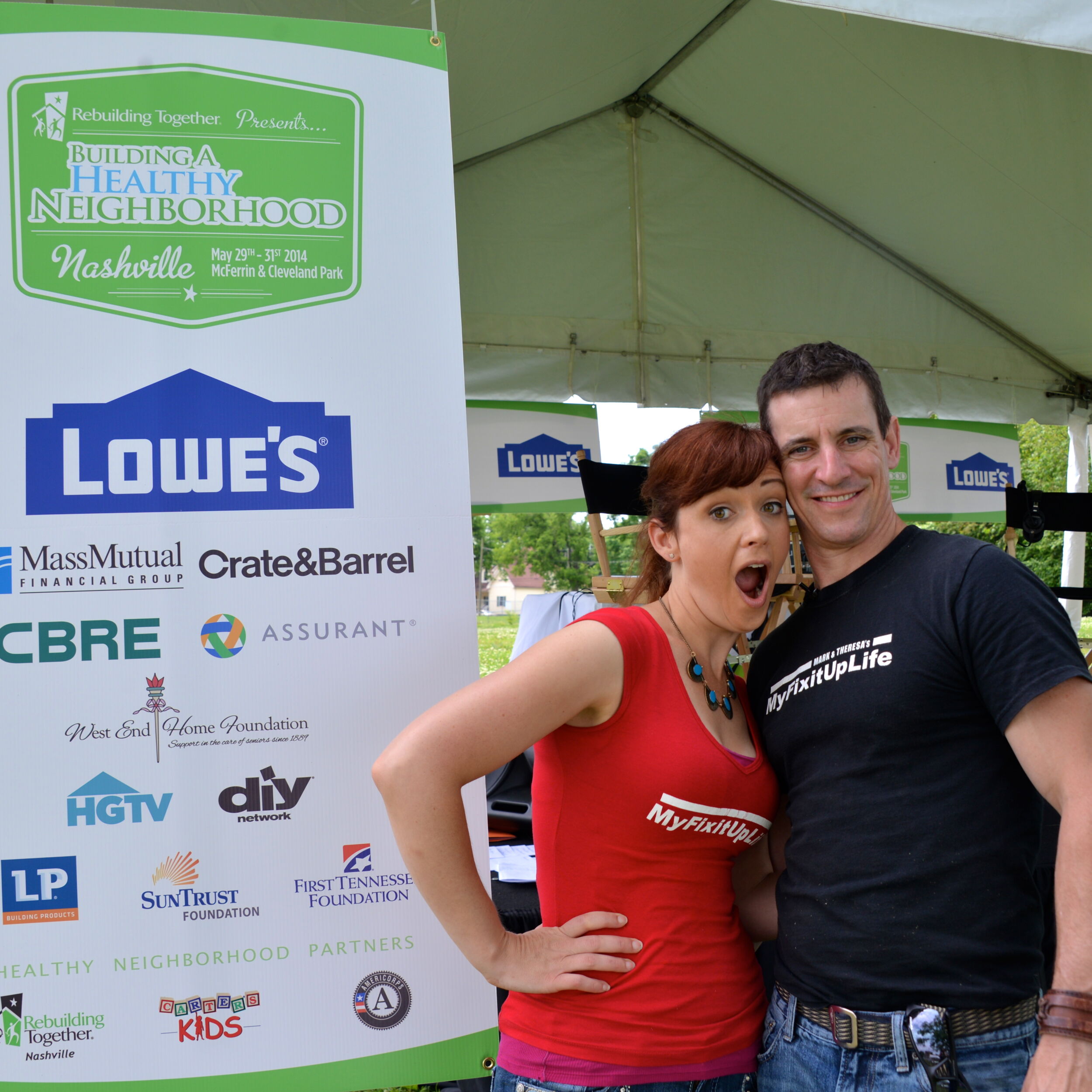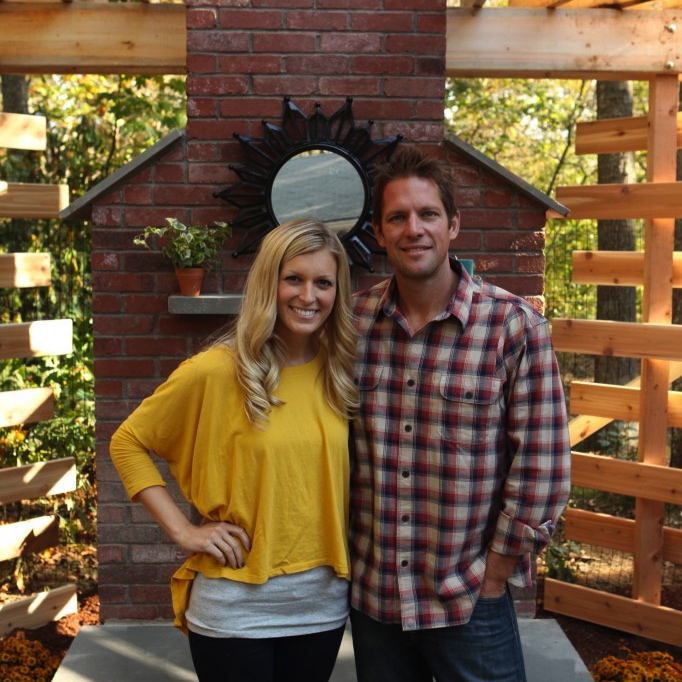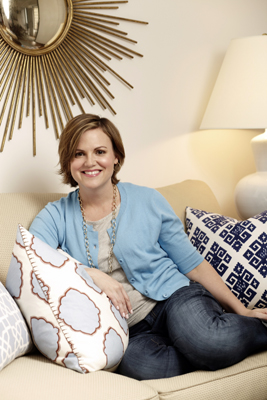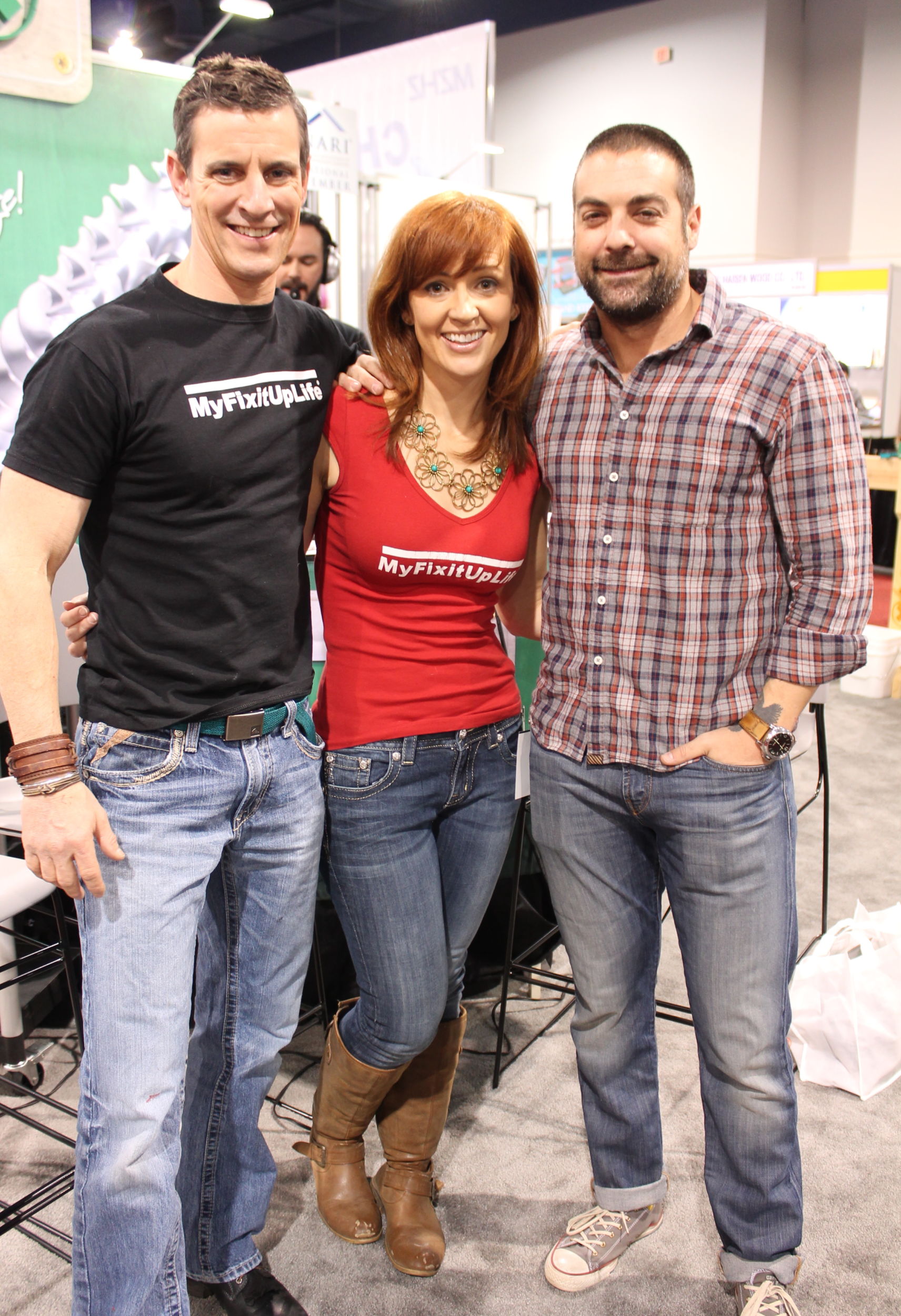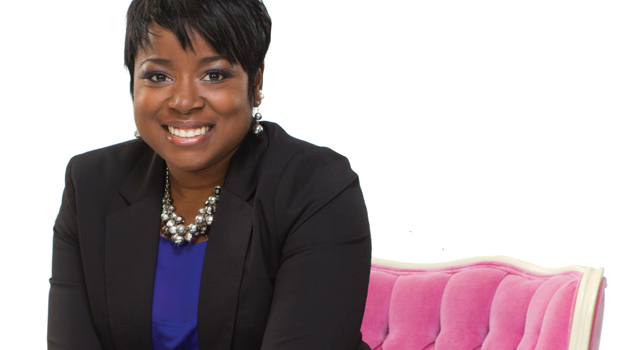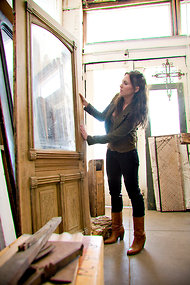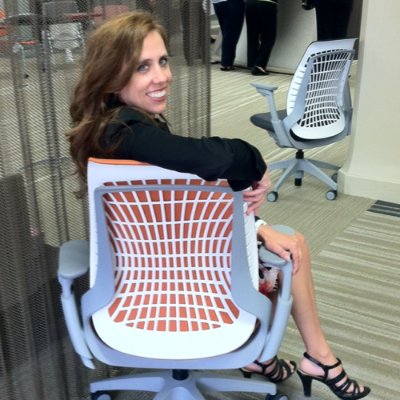
Designing for autism is more than just creating a safe environment, it can actually make everyone in the family feel better.
In our world, where we can become overwhelmed by our own selves, we can all gain from using some of the ideas design experts use when designing for people who have sensory issues.
Today we’re learning about designing for autism from three insightful designers, HGTV ‘Design Star’ Jennifer Bertrand, triology e-book series author on ‘Designing for Autism‘ AJ Paron-Wildes, and Sensory Interior Design founder Carolyn Feder.
The three design experts are ready to share what they do when they approach a project where the popular buzz words of design might not entirely benefit the family using the space.
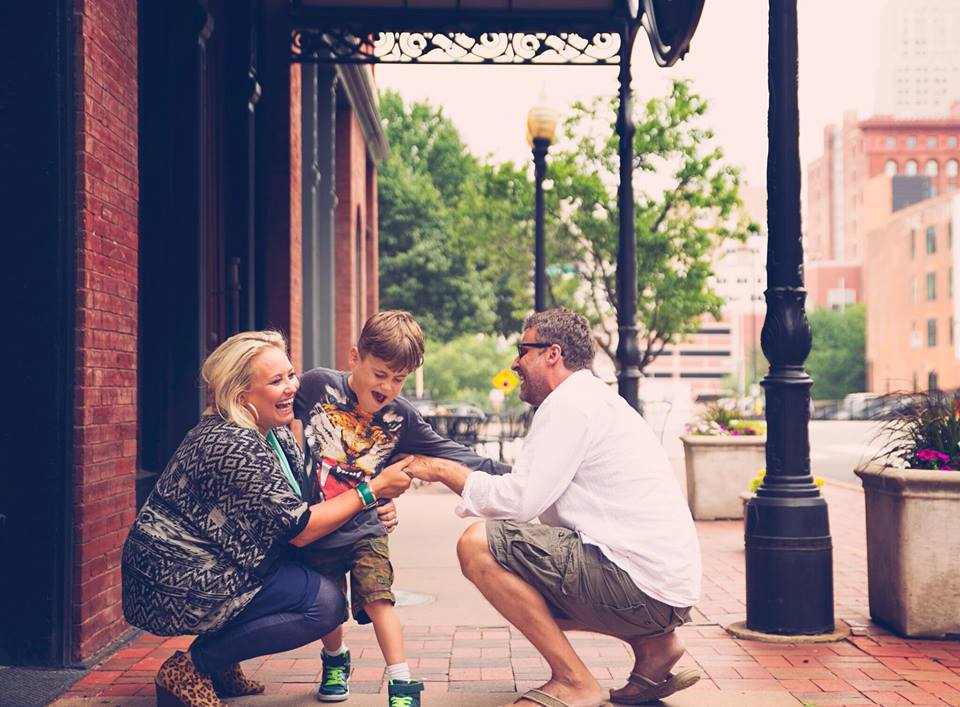
Jennifer Bertrand is best known for winning HGTV’s ‘Design Star’ and her show ‘Paint Over!’ on HGTV. She also hosts a radio show, and has shared her design expertise with USA Today, The New York Post, Rachel Ray Magazine, Life & Style Magazine, InStyle Magazine and is a frequent contributor to NBC. Jennifer also has designed for Ronald McDonald House. But more than just design talent, Jennifer is raising her son Winston, who has mixed lymphatic and venous malformations. Her website Hugs for the Soul, is a place where she shares her story and connects with other parents.

AJ Paron-Wildes is an accomplished interior designer in healthcare and education, with her design work appearing on HGTV, PBS, and Bob Vila. She also has a son with autism. In her triology e-book series on ‘Designing for Autism,‘ AJ focuses each book on three stages of life, from birth to early childhood, childhood to adolescence, and from adulthood to geriatrics. And A.J. has been honored with accolades from numerous organizations like NKBA, NARI, Chrysalis Awards, Professional Remodeler Magazine, Remodeling Magazine, USGBC, IIDA and ASID.

Carolyn Feder founded Sensory Interior Design to help clients overcome sensory overload. The manifestation of sensory overload can surface as hyperactivity, anger, depression, lack of sleep, physical pain and many other symptoms often overlooked or misinterpreted. By focusing on the sensory issues inside a space, Carolyn uses her design skills–in coordination with other experts working with the family–to help others experience relief from sensory overload. And she finds that the relief is found from the entire family, not just the one diagnosed with autism.
When we think about the convenience of being able to get inspired by thousands of images, play a kazillion games, order almost anything you want, and record and publicly share our delight by it all without ever having to stand or do anything beyond tip-tapping on a device… It’s cool. But maybe all that stimulation isn’t so cool for all of us.
We all have little stimuli triggers that make us anxious, uncomfortable, or downright crazy. Theresa can’t concentrate if she hears someone crinkling a food wrapper. And if your dog is barking for a long stretch or a chain is rattling… don’t even try to talk with Mark.
For people who are ‘on the spectrum’ it’s a whole other story. We believe that design is a powerful tool, and used with care and sensitivity, design can truly change life for the better.
Join us as we explore how design can help autism, and how the tips for designing for autism can actually help everyone.
Watch this episode on YouTube, listen on BlogTalkRadio or do both right here!
